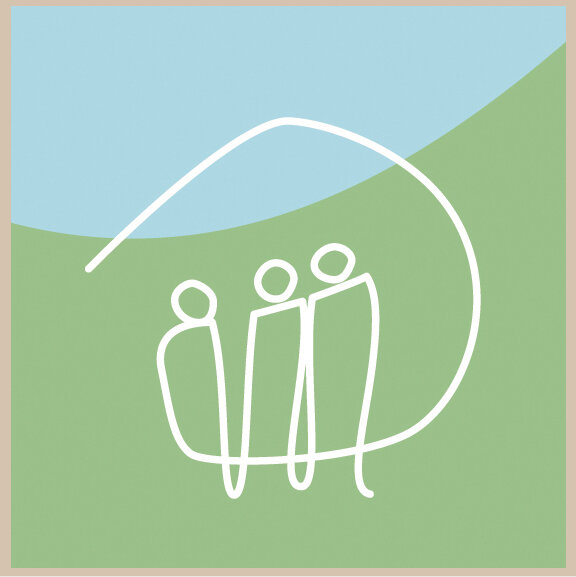Living and growing older in community is gaining popularity for many important reasons. The alternative, living alone is expensive and more taxing on the environment (as compared to living in community and sharing resources). The resources that older adults need (or will need), like Meals on Wheels, are scarce or poorly funded. Loneliness and isolation is just as harmful as smoking 15 cigarettes a day. There is a revolution taking place and it’s proving to be a solution to our ever-looming challenge of housing adults 55 and older. This revolution, senior cohousing, is a movement to not only live in community, but to be proactive about one’s future, living in a place that is supportive. No matter how young you are, now is the time to take an active role in your aging process.
Mountain View Cohousing, Mountain View, CA
That sounds great, right? It might even inspire you to pick up a copy of The Senior Cohousing Handbook: A Community Approach to Independent Living, but what happens next? How do we move from dream to reality? Talking about solutions is futile if there is no action. Not walking-the-talk leads to frustration and, in many cases, wasted time and money. Action is needed and that is why McCamant & Durrett Architects and Quimper Village are joining forces to host a weekend intensive workshop on June 15, 16, and 17 on Bainbridge Island, WA.
Over three days, participants will spend time with cohousing expert Charles “Chuck” Durrett (McCamant & Durrett Architects) and the residents of Quimper Village, a Senior Cohousing group in Port Townsend, WA, learning how the Quimper Village Group made their project happen. In a small, intimate setting Quimper Villagers will discuss with participants what they did, how they did it, and lessons learned. Time will be spent talking about the financial, legal, and social considerations, plus how groups can market their project where they live. Those who attend will tour Quimper Village, meet the residents, and join them for common lunch.
What makes this different from other cohousing conferences? Cohousing Conferences are great for people to get a taste of what cohousing is. They offer perspectives across the board from people who are living in cohousing to those who are new to the concept. The feedback we hear from people who attend is that the information provided at the conferences is inspiring, but for those who already know about cohousing, it doesn’t get deep enough. Others are overwhelmed with theory and not enough action. Those interested aren’t getting the tools they need to actualize their projects. We’ve listened to your concerns and have designed the June Weekend Intensive to respond to them.
This is your opportunity to share your project with others — challenges, insights, and more — and get your questions answered by those who have successfully gone through the process of creating their own Senior Cohousing Community. Along with members of Quimper Village, Chuck will walk through how they would get cohousing in your town, if they were living there. Every voice will be heard, and all scenarios considered.
Silver Sage Cohousing, Boulder, CO
Concerned that you’re not old enough? The benefits of Senior Cohousing are best felt by those who live there and are part of it. By moving into a senior cohousing community before you need real assistance, you give yourself time to ease into it, to create bonds, to plan ahead with others. You are more willing to help your neighbor than a stranger, right? In cohousing, you have several neighbors each contributing the health of their community. Why would you want to wait for this when you can have it now?
“Cohousing is so much more than a sound bite,” says Chuck, cohousing architect and owner of McCamant & Durrett Architects, “this weekend will be all about setting older adults up for success in their hometown.”
The Senior Cohousing Weekend Intensive is open to 20 people who are ready to get their senior cohousing project going. If you have been thinking about starting your own senior cohousing, if you are looking for a site, or if you have a small group of interested people who are talking about living in a supportive neighborhood where you have a balance of private and community, then this is for you!
“I’m amazed at how people help each other out with immediate needs and take on tasks that they see need be done without being asked first. Although there are differences of opinion, it’s not acrimonious. We’re learning how to make it work,” says Pat Hundhausen, resident of Quimper Village, as she talks about how she is settling into cohousing. Pat helped to make Quimper Village a reality and will be one of the key moderators during the June event.
Finally, an opportunity to talk about solutions! The chance to work directly with cohousing experts and with cohousing residents on your project doesn’t happen every day. Think about your future, a future that’s more supportive, more economical, more environmentally-friendly, and more fun. Sign up for the Senior Cohousing Weekend Intensive before April 28 to take advantage of the Early Bird Discount!
More information at www.cohousingco.com/events/seniorintensive2018.









